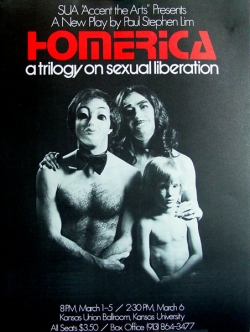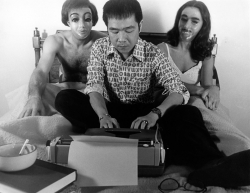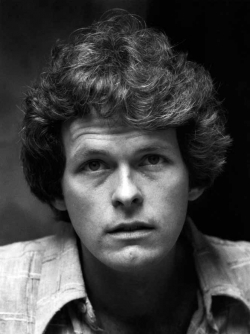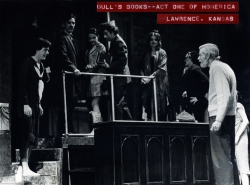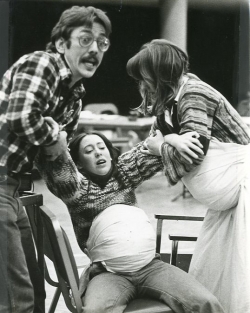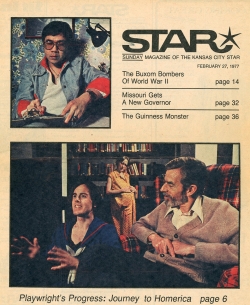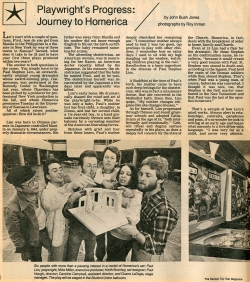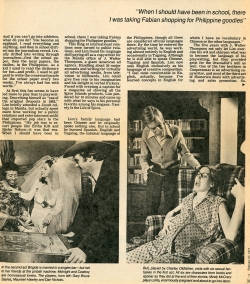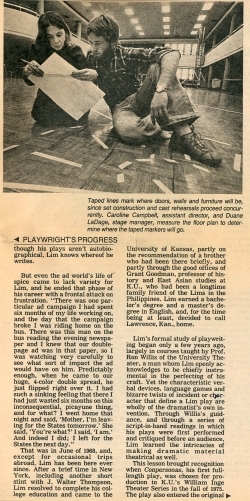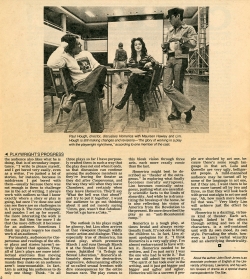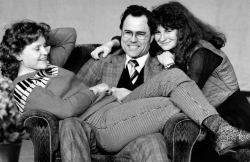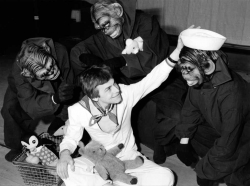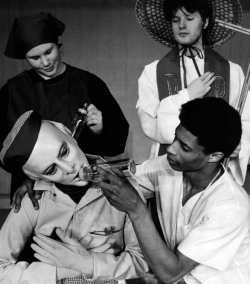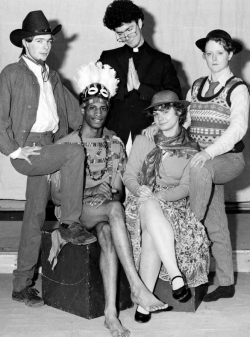[vc_row post_type=”category” dt_title=”” layout=”classic” cl_image_width=”25%” cl_dividers=”y” cl_dividers_color=”#83271a” ce_content_width=”75%” ce_dividers=”n” ce_dividers_color=”” bo_content_width=”75%” bo_content_top_overlap=”100px” si_content_align=”checkerboard” si_image_width=”75%” si_content_side_overlap=”150px” si_content_top_margin=”50px” content_bg=”n” custom_content_bg_color=”” post_content_paddings=”15px 20px 20px 20px” gap_between_posts=”50px” image_sizing=”resize” resized_image_dimensions=”3×2″ image_paddings=”0px 0px 0px 0px” image_scale_animation_on_hover=”y” mobile_switch_width=”768px” loading_mode=”standard” dis_posts_total=”” st_posts_per_page=”20″ st_show_all_pages=”n” st_gap_before_pagination=”50px” jsp_posts_total=”” jsp_posts_per_page=”” jsp_show_all_pages=”n” jsp_gap_before_pagination=”” jsm_posts_total=”” jsm_posts_per_page=”” jsm_gap_before_pagination=”” jsl_posts_total=”” jsl_posts_per_page=”” post_title_font_style=”:bold:” post_title_font_size=”24px” post_title_line_height=”28px” custom_title_color=”#83271a” post_title_bottom_margin=”15px” post_date=”y” post_category=”y” post_author=”y” post_comments=”y” meta_info_font_style=”normal:bold:none” meta_info_font_size=”14px” meta_info_line_height=”18px” custom_meta_color=”#5b5b5b” meta_info_bottom_margin=”15px” post_content=”show_content” excerpt_words_limit=”” content_font_style=”” content_font_size=”16px” content_line_height=”24px” custom_content_color=”” content_bottom_margin=”20px” read_more_button=”default_button” read_more_button_text=”Read more” fancy_date=”y” fancy_date_font_color=”#e06b2a” fancy_date_bg_color=”” fancy_date_line_color=”” fancy_categories=”y” fancy_categories_font_color=”#e06b2a” fancy_categories_bg_color=”” order=”desc” orderby=”date” show_categories_filter=”n” show_orderby_filter=”n” show_order_filter=”n” gap_below_category_filter=”” navigation_font_color=”#e06b2a” navigation_accent_color=”#e06b2a” category=”18″ posts=”” tags=”” css=”.vc_custom_1537070862252{margin-bottom: 75px !important;}”][vc_column][ultimate_heading main_heading=”Homerica: A Trilogy on Sexual Liberation” alignment=”left” spacer=”line_only” spacer_position=”middle” line_height=”4″ line_color=”#83271a” line_width=”100″ main_heading_style=”font-weight:bold;” sub_heading_margin=”margin-bottom:25px;” spacer_margin=”margin-top:20px;margin-bottom:20px;” margin_design_tab_text=””]
Images from the Show
[/ultimate_heading][vc_column_text]
[/vc_column_text][vc_separator color=”custom” style=”dashed” border_width=”2″ accent_color=”#83271a”][vc_column_text]
Overview
[/vc_column_text][vc_column_text]Requirements: 33 Characters can be played 6F. 11M or (if absolutely necessary) 5F, 9M.
Setting: A basement space in the Village in New York City, used three different ways for the corresponding time periods depicted in the play. In Act 1, “Bull’s Books,” it is an old apartment-cum-antiquarian bookstore, early evening on Veterans’ Day, sometime in the late 1960s. In Act 2, “Sammy’s Swingles,” the space has been converted into a swinging singles’ bar, late afternoon of Veterans’ Day, sometime in the late 1970s or early 1980s. And in Act 3, “Mothers Superior,” the same space is now seen as a multi-purpose office-cum-priory, early afternoon of Veterans’ Day, sometime in the near future.
Plot: In “Bull’s Books,” the aging proprietor of the antiquarian bookstore is going out of business and leaving for his home England. The only books he is bringing with him are The Picture of Dorian Gray by Oscar Wilde, The Lulu Plays by Frank Wedekind, Death in Venice by Thomas Mann, Querelle de Brest by Jean Genet, Lolita by Vladimir Nabokov, and Forbidden Colors by Yukio Mishima. In his solitude, the old man begins to “interact” with the sexually-charged characters from the six books, who all make fun of his old-fashioned ways and his repressed sexuality. In “Sammy’s Swingles,” the once-popular singles bar is going out of business, but there will be one final sleazy celebration in the space. Patrick the bartender is getting married to Brigida the bouncer, and Rev. Billy Crackers is performing the ceremony. Among the guests are Bob and Carol and Fu and Alice, a black drag queen named Midnight, a white hustler named Cowboy, cocktail waitresses named Linda and Georgina, and a deaf mute named Jack. Things come to a frenzied climax when the bride gets gangbanged in the restroom offstage. In “Mothers Superior,” a once-profitable operation being managed by a group of enterprising Irish nuns is going out of business because women in Third World countries (including the nuns in Ireland) are now so “liberated” that they too no longer wish to serve as surrogate wombs for wealthy women in North America who have neither the time nor the inclination to bear their own children. The business is saved when Dr. Shimbun, a brilliant Japanese obstetrician, discovers how the fertilized eggs of humans can be implanted and carried to term in the wombs of female baboons. This scientific breakthrough has the blessings of the Primate of Rome, Pope Olazzo the First, who drops in to visit the nuns and the baboons, accompanied by his own special acolyte, a pubescent 14-year-old boy.
Theme: The excesses and also the possible consequences of sexual “liberation.”
Notes: “Homerica” is a word I made up, hoping to invoke the spirit of the blind Homer, and to evoke a different sort of odyssey in America.
History: “Homerica” was produced in Lawrence, KS by Kansas University Student Union Activities, March 1-6, 1977. It was directed by Paul Hough, with actors not only from Lawrence but also from the Kansas City area. The complicated set was designed and constructed in Kansas City, then trucked into Lawrence and reassembled in the Kansas Union Ballroom. Audiences were outraged by the play and, at a couple of performances, some people left angrily during the Second Act, after the preacher joins the gangbang offstage and we hear him shouting, “In God we thrust!” Six years later, in June of 1983, I directed another production of the play at Leicester University in England. There, the audience laughed more heartily and seemed to have a better time than their American cousins in Lawrence, KS.
Sampling of Reviews:
“A dazzling, virtuoso kind of theater! Homerica ultimately shows the destructive, regressive, dehumanizing effects of so-called sexual freedom with dire consequences for the entire human race. The play comes to this bleak vision through three acts, each more crazily comic than the last….Pervading the whole, however, is Lim’s verbal wizardry and an electrifying theatricality.”
–John Bush Jones, Kansas City Star Magazine
“A freaked-out farce–a kind of You Can’t Take It With You as revisualized by Heironymous Bosch.” — The Kansas City Times
“Lim takes his shots at marriage, family heritage, older ways of life, the Catholic church and motherhood. Despite all the horror…the audience laughs as all these nostalgic institutions are shamelessly degraded….One of the most effective social dissertations of today.” — University Daily Kansan
“Outrageous satire…wickedly funny.” — Leicester Mercury
Availability: From Aran Press, and also from the author.[/vc_column_text][/vc_column][/vc_row]




